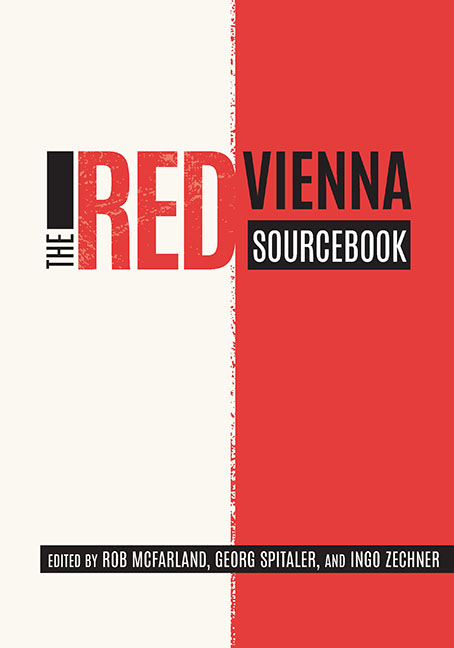Book contents
- Frontmatter
- Contents
- Acknowledgments
- Permissions and Credits
- A Note on the Structure of This Book
- Introduction
- Part I Foundations
- Part II Philosophies
- Part III Identities
- Part IV New Values
- Part V Social Engineering
- Part VI Vitality
- Part VII Housing
- Part VIII Cultural Politics
- Part IX Mass Media
- Part X Exchange
- Part XI Reaction
- Part XII Power
- Chronology
- References
- Contributors
- Index of Subjects
- Index of Persons
Chapter 27 - Film and Photography
Published online by Cambridge University Press: 23 October 2020
- Frontmatter
- Contents
- Acknowledgments
- Permissions and Credits
- A Note on the Structure of This Book
- Introduction
- Part I Foundations
- Part II Philosophies
- Part III Identities
- Part IV New Values
- Part V Social Engineering
- Part VI Vitality
- Part VII Housing
- Part VIII Cultural Politics
- Part IX Mass Media
- Part X Exchange
- Part XI Reaction
- Part XII Power
- Chronology
- References
- Contributors
- Index of Subjects
- Index of Persons
Summary
CINEMA AND PHOTOJOURNALISM did not just rise in popularity in Vienna after the end of World War I. Already during the war, both media had demonstrated their usefulness as a political tool in war reporting. The propaganda of the war years offered two lessons for the theory and practice of film and photography during the Red Vienna period: at the explosive core of the photograph was its ability to document, its ability to capture and penetrate the surface of the world. This conception of photography, however, also entailed a struggle for interpretation that went beyond the individual image and involved its mass audiences.
Viennese Social Democrats only reluctantly took part in this debate. Their leading figures subscribed to a concept of culture that had little use for the photographic media. Organizations aligned with the party, such as the Friends of Nature (Naturfreunde), promoted photography to workers more as a hobby than as a means for cultivating oppositional consciousness. In the years immediately following the war, Social Democratic writers broadly condemned the cinema as capitalist mass stupefaction. At the same time, the entertainment tax on cinema admissions—set at 40 percent, much higher than the tax on the popular theater—provided the city with an important source of revenue starting in 1921.
It was not until 1923 that the Viennese Social Democrats emphatically embraced film: the Central Office for Workers’ Education (Zentralstelle für das Bildungswesen, aka Arbeiterbildungszentrale) set up a film office, which recommended politically or aesthetically valuable films to party organizations and audiences and established a party-run distribution service, and Fritz Rosenfeld began to write for the culture section of the Arbeiter-Zeitung and soon became a leading, passionate Social Democratic film critic. In October 1923 Social Democrats also made their first large-scale use of film in an electoral campaign. In addition to electoral advertising—including the feature-length Das Notizbuch des Mr. Pim (Mr. Pim's Trip to Europe, 1930) and Die vom 17er Haus (The people from house no. 17, 1932)—the films that they commissioned consisted primarily of documentaries of party activities, such as May festivals and parades. These films were produced by private companies. The party neither established its own independent production infrastructure (like that of the Communist-aligned Prometheus Film in Germany) nor inspired artists to develop a sophisticated politics of form to rival those found in German or French cinema.
- Type
- Chapter
- Information
- The Red Vienna Sourcebook , pp. 527 - 546Publisher: Boydell & BrewerPrint publication year: 2019



